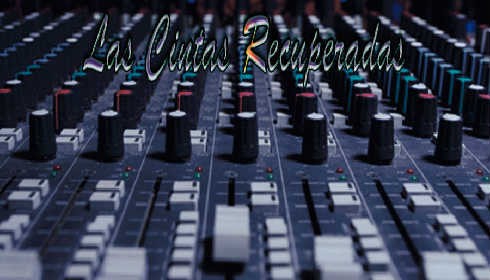 Pedro Brasil
Pedro BrasilIle Aye
Guaruja
Me Leve
Malasia
Sambop
Oriente
Maca
Olhos Puxados
Rebento
Fazendo Hora
Aiaiai.
Personnel: Randy Brecker: trumpets; Paulo Calazans: acoustic piano (1, 5, 8), keyboards (8); Ruria Duprat: keyboards (1-3, 5-8, 10-12), acoustic piano (4, 9), Fender Rhodes (12), clavinet (12), voice (2); Ricardo Silveira: acoustic guitar (1, 3, 5-11), electric guitar (1, 2, 4, 6, 9, 12); Sizao Machado: acoustic bass (1, 3, 4, 6, 7, 9, 10), electric bass (2, 8, 12); Teco Cardoso: soprano saxophone (1, 4, 9, 12); alto saxophone (2, 4, 12), tenor saxophone (2, 6, 12), baritone saxophone (2, 6), saxophone (3), G-flute (5), flute (8); Da Lua: percussion (1-3, 11, 12), timba (1); Andre Mehmari: acoustic piano (3, 6, 7); Robertinho Silva: drums (4, 6, 8); Joao Parahyba: percussion (4, 6, 8-10), timba (6, 8-10); Paolo Calazans: acoustic piano (5, 8), keyboards (8); Caito Marcondes: percussion (5, 7); Gilson Peranzetta: acoustic piano (11); Rogerio: acoustic bass (11); Edu Ribeiro: drums (12); Rubinho Ribeiro: voice (6).

Recorded over a week in 2006, trumpeter Randy Brecker's Randy in Brasil was produced by Ruriá Duprat, and features contributions from Robertinho Silva, Paulo Calazans, André Mehmari, Teco Cardoso, Gilson Penranzzetta, Sizão Machado, Ricardo Silveira, João Parahyba, Rogerio (Duprat's father, the famous classical musician), and Edú Ribeiro. More a contemporary jazz date than a samba one, it is nonetheless kissed everywhere by the intricate, breezy lyricism of the latter form as it melds with light non-intrusive funk, contemporary arrangements, and beautifully crafted tunes. Samba enters at the gate with the opening track, "Pedro Brasil." Silveira's acoustic guitar insistently pronounces a fingerpicked rhythm, and various light percussion instruments announce themselves, followed by keyboards and Brecker's twinned trumpet lines offering the theme. Cardoso repeats it and then the pair is trading two and fours off that infectious lyric line. The effect is euphoric in the same way Pat Metheny's Brasilian excursions are. Other standouts are the keyboard and soprano saxophone-drenched Latin funk lite "Me Leve," and the moody, unusually complex "Malásia" with beautiful flute work by Cardoso and Brecker playing an atmospheric, speculative melody. The counterpoint, rhythm, and production effects from Duprat make for an eerie but electrifying tune. "Sambop" is exactly what it purports to be, with a jaunty tempo, a post-bop harmonic structure, and some extrapolated bridges in an otherwise jumping tune. Duprat is a slick producer, no doubt about it. But slick has its place, and no one is more familiar with how to work with one than Brecker and it's clear from the liner notes he had real input. Perhaps that's why the compression here doesn't sound unnatural; perhaps that's why, despite the fact that this date is aimed at the contemporary jazz marketplace, it is so satisfying on so many other levels as well. But there is one glaring exception that simply doesn't belong here: the most overt example of jazz left to the margins is on the closer, Ivan Lins' "Aiaiai," with its big synthetic percussion and synth bassline and programmed drums. It was a bad choice and one that leaves a false impression, that this is an overly polished date instead of a smart one. Just hit the "stop" button after track 11, after Penranzzetta's gorgeous and haunting "Fazenda Hora" with its Spanish melody, and you'll be very satisfied with this entry in the ever expanding and provocative catalog of Brecker. ~ Thom Jurek, All Music Guide.
ReplyDeleteRandy In Brasil
ReplyDelete